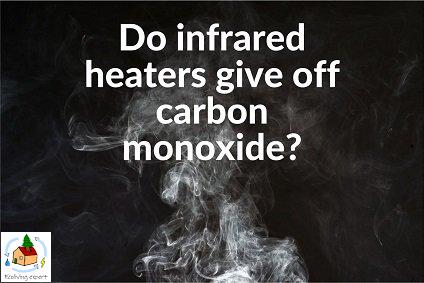Electric infrared heaters do not emit carbon monoxide or any other harmful gasses or volatile compounds. Except for gas-fired infrared heaters. they do not burn any fuel. Therefore, no gases of any kind are produced. Fuel-based heaters such as regular gas heaters do pose a carbon monoxide hazard.
Any appliance or heating system that burns fuel is a carbon monoxide (CO) hazard. CO release is a result of the burning of carbon-based fuels such as oil or gas. There will always be some release of carbon monoxide no matter the condition of the heater. However, it is advised to make sure your heaters are well-maintained and up to date to minimize the chance for CO release. Later in this article, I will discuss how to prevent carbon monoxide exposure.
With the exception of gas-fired infrared heaters, (electric) infrared heaters do not burn any fuel. Since carbon monoxide is released when burning fuels such as oil or gas, electric infrared heaters will not release any carbon monoxide.
Electric infrared heaters do not burn any fuels. Therefore, they do not emit carbon monoxide or any other harmful gasses or volatile compounds.
Which infrared heaters pose a carbon monoxide hazard?
There are several types of infrared heaters available. The following table shows the type of energy used and the CO hazard per type of infrared heater. The pictures below show the different types of infrared heaters.
| Type of infrared heater | Gas or electricity | CO hazard | Indoor/outdoor use |
|---|---|---|---|
| Portable infrared heater | gas | yes | indoor |
| Portable infrared heater | electricity | no | indoor |
| Infrared tower patio/terrace heater | gas | no | outdoor |
| Infrared tower patio/terrace heater | electricity | no | outdoor |
| Infrared patio heater | electricity | no | outdoor |
| Infrared heating panel | electricity | no | indoor |
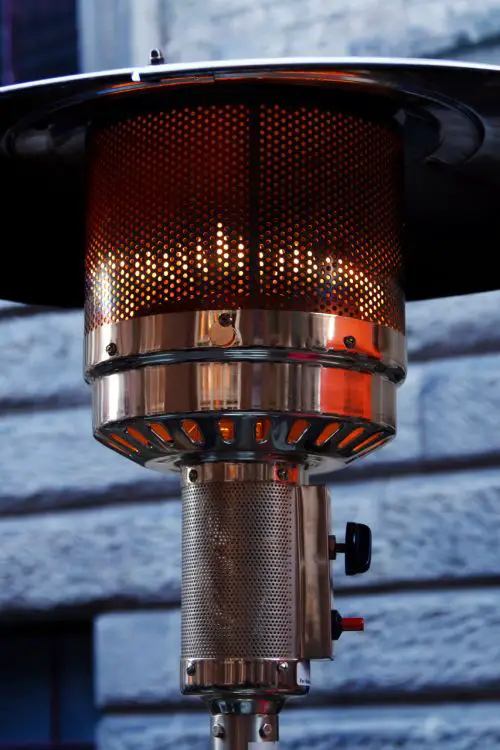
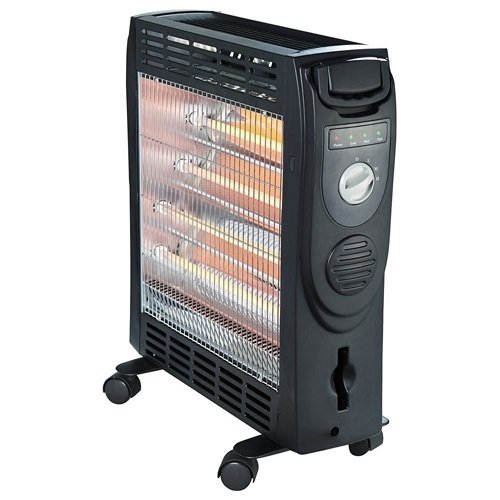
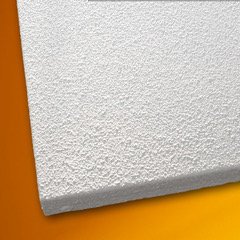

Why outdoor CO emissions are not a problem
Outdoor infrared heaters, even though they might run on gas, do not pose a CO hazard. The problem with CO is that it fills a room and reaches a concentration that is hazardous to our health. In the open air, carbon monoxide will not reach problematic levels.
What is carbon monoxide exactly?
Carbon monoxide (CO) is a colorless odorless gas that is formed by the incomplete burning of carbon-based fuels. Incomplete burning happens in all fires but also in (efficient) appliances.
Common sources of carbon monoxide?
The most common sources of carbon monoxide are central heating systems and kerosene or gas space heaters such as geysers and boilers. Other sources of CO are gas stoves and the fireplace. Additionally, CO can enter the house via leaking chimneys and vents. Tobacco smoke is another source of carbon monoxide.
The following table shows the levels that are not to be exceeded over a set timeframe (averaging period). Based on European legislation (source).
| Pollutant | Concentration | Averaging period |
|---|---|---|
| Carbon monoxide (CO) | 10 mg/m3 | Maximum daily 8-hour mean |
What are the health effects of carbon monoxide?
Carbon monoxide, when inhaled, quickly enters the bloodstream and reduces the blood’s ability to carry oxygen. This results in oxygen deprivation which can be deadly in high doses and causes all kinds of health effects. The following figure shows the health effects of CO exposure related to an increase of CO exposure. (source: World Health Organisation)
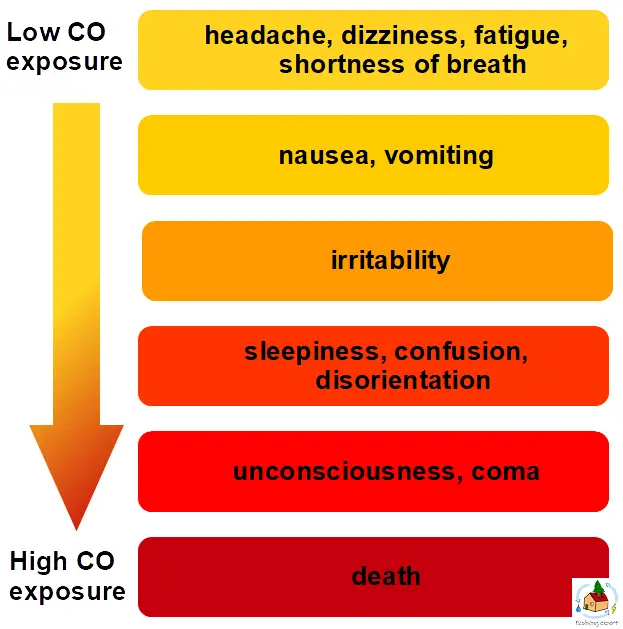
How to prevent carbon monoxide exposure
Exposure to carbon monoxide can be minimized by taking care of the following:
- install a carbon monoxide detector in every room (and replace the batteries every 6 months)
- proper installation, maintenance, and use of combustion appliances
- clean your fireplace and chimney once a year
- change your gas stove to an electric stove
- ventilate constantly
- clean ventilation vents regularly
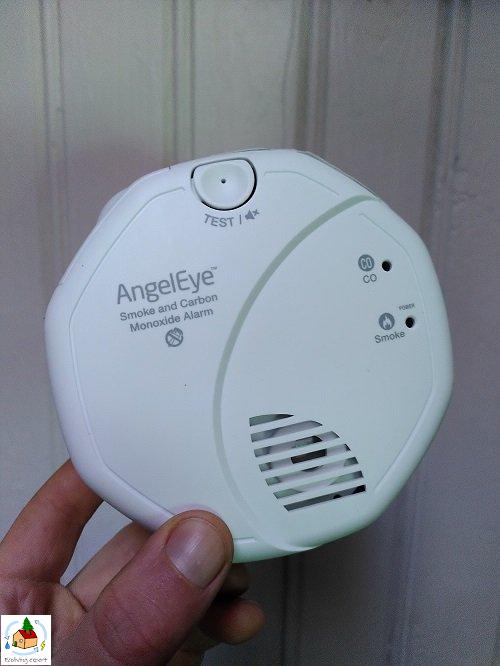
Carbon monoxide detectors
To make sure you are safe from carbon monoxide, a CO detector is a must-have. Ideally, you place one in every room. At a minimum, place one near your boiler or geyser, and one in the bedroom to make sure you are safe during the night.
This article on safety.com shows the laws of every US state regarding CO detectors.

